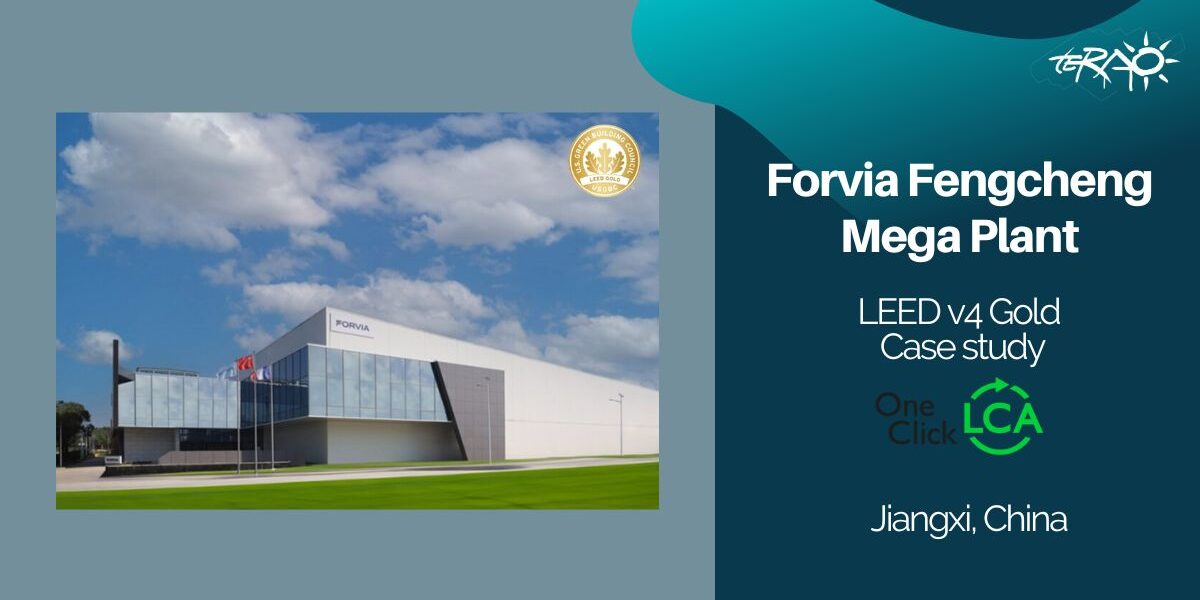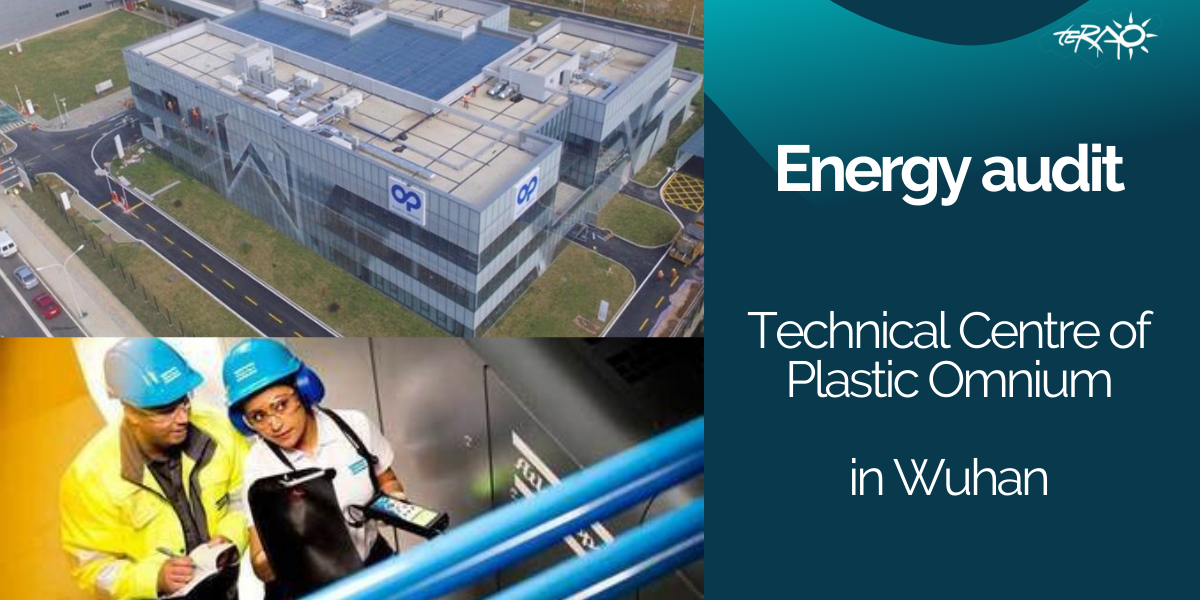Tag: LCA
Forvia Fengcheng Mega Plant – LEED v4 Gold: OneClick LCA case study
Forvia is a French global automotive supplier headquartered in Nanterre, France. They are an automotive technology group at the heart of smarter and more sustainable mobility, bringing together expertise in electronics, clean mobility, lighting, interiors, seating, and lifecycle solutions to drive change in the automotive industry. Forvia, through its two entities, Faurecia and Hella, has demonstrated over the years a
[Event Recap] Embodied carbon for new projects-How to estimate and reduce with ULI China Mainland
On Thursday 13th January 2022, in Shanghai, offline and online, ULI China Mainland held a special members-only event for those interested in ESG. The aim of this event was to help members understand the basis of embodied carbon content for new buildings, embodied carbon contents for key building materials, and what developers are doing to reduce embodied carbon for new
[Case study] Energy audit: Technical Centre of Plastic Omnium in Wuhan
Case study – Energy audit: Technical Centre of Plastic Omnium in Wuhan TERAO was asked to carry out an energy audit of the technical Centre of Plastic Omnium in Wuhan. This building constructed in 2018 is an R&D centre and test lab for automotive fuel systems in cars. For its global sustainability program, the Group has set two ambitious goals: Reducing
Shanghai Government & French Enterprises Round Table by Shanghai Commission of Commerce
On Wednesday 17th November, 2021, it was a great honor for TERAO to have been invited at the Government-Enterprise Round Table organized by Shanghai Commission of Commerce, among 8 selected French companies. Other invited French organizations included Air Liquide, AXA, Bureau Veritas, CMA-CGM, Decathlon, Puy du Fou, Suez and the French Eco-City Club. The round table speakers Chaired by Vice
[Event Recap] “Solutions for a decarbonated city” French Eco City Club seminar in Shanghai.
On Thursday 4th November, 2021, at the CCIFC, Shanghai, TERAO was invited to participate as experts for the French Eco City Club, which held a seminar on the “Solutions for a decarbonated city”. The round table speakers Gaspard Lemoine-Scelles, Business development manager of TERAO Asia, took part in a round table about « An energy-resilient and environmentally-friendly city». The round table lead
[Case study] Life Cycle Assessment: Logistic assets across China
Case study – Life cycle analysis: Logistics assets across China TERAO was asked to carry out a Life cycle analysis at an early stage of 5 new projects located in China (5 logistics buildings). The goal was to create a baseline based on existing projects and help set up a carbon reduction target for the client. The assessment included the construction
Start assessing your carbon footprint with the GHG protocol
More and more asset owners pay attention to their Carbon Footprint, such as Fortune 500 companies. As we have mentioned already in our previous article “Carbon Footprint – Methodology”, the building sector is accountable for nearly 40% of annual global GHG (Greenhouse gas) emissions (9.2 GtCO2 in 2015 according to IEA). This carbon footprint can be evaluated using the GHG
A Low-Carbon approach for sustainable buildings
Greenhouse gas (GHG) reduction has become a hot topic (this is the least we can say) in recent decades, to fight against global warming. The building sector is accountable for nearly 40% of annual global GHG emissions (9.2 GtCO2 in 2015 according to IEA). Therefore, a great interest is shown in making an effort to reduce GHG gases by designing









![[Expertise] How to conduct an energy audit to identify areas of energy waste in business](https://teraoasia.com/wp-content/uploads/2024/06/Expertise-1-150x150.jpg)

Recent Comments